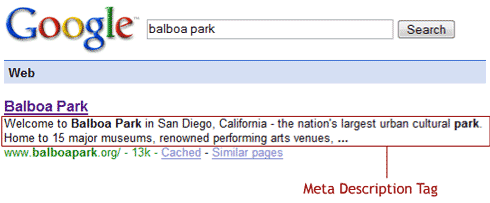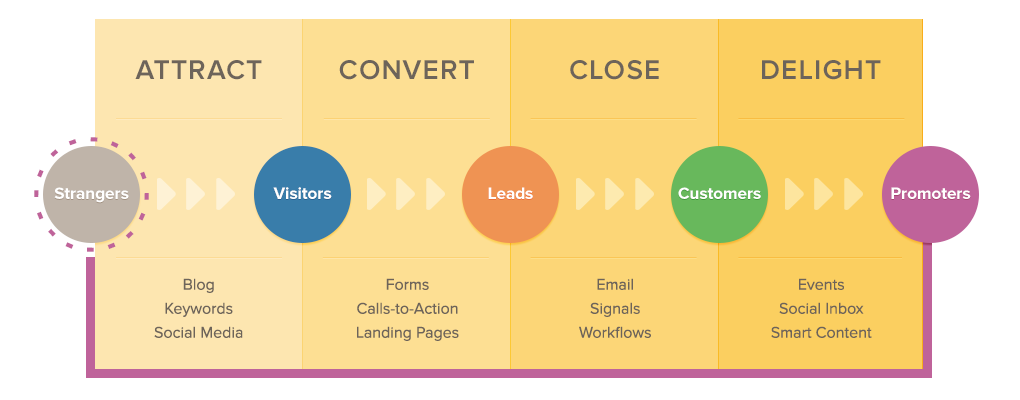Blogging Best practices for Remarkable content
The most important thing you need to know about having remarkable content on your blog is that....if you build it, people will come! There are many rewards that come with having remarkable content such as social shares and inbound links. Inbound links are incoming links to a website or webpage. They essentially votes.

Some of the best practices for remarkable content rely on 5 easy steps to remember:
- Keep your buyer personas in mind- Make sure that you know your audience so that your content is on target with the wants and needs of your ideal buyer,
- Address one topic per blog post- Overwhelming the viewer with too much information could cause them to not want to keep reading. If you find yourself writing about something other than what you began with, then its time to create another post.
- Blog consistently and frequently- When beginning a blog, it is important to publish as often as you want to help you get found online. 82% of marketers who blog daily report positive ROI for overall inbound efforts. Consistent blogging has proven to be effective for marketers everyday.
- Don't forget about formatting and great imagery- Make a blog post as long as it needs to be to make sure that you get your message across. Also, use bolded text to highlight some of the key takeaways that you want you viewers to have. Include subheads, numbers, and bulleted lists. This makes you content easier to follow so that the reader will easily process the information. Make sure to use high-quality images as well. Nothing is worse than having bad images that the viewer either can't see or doesn't want to see. Formatting and great imagery are a key part of having remarkable content.
- Don't miss out on lead conversation opportunities- Remember that your blog has huge lead generation potential, so don't miss out on it. Maybe think about adding a call-to-action (CTA) to your blog and some of the blog post. Having a relevant CTA can prove to be the difference between the viewer staying or leaving your blog.


